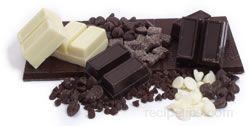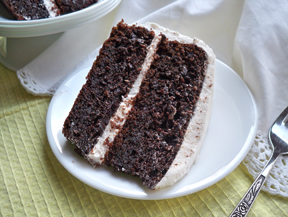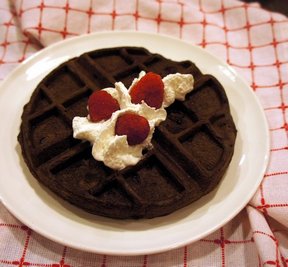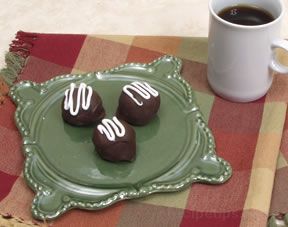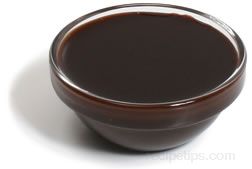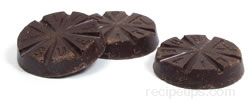Many researchers have become advocates of the benefits of Chocolate eaten in moderation. The flavonoids contained in Chocolate are considered to be beneficial in keeping the human body healthy and free of some sicknesses.
Unsweetened Chocolate begins as a combination of ground cocoa and other ingredients, which is a type of Chocolate often suggested for many recipes. Also known as Baker's Chocolate, unsweetened chocolate is seldom used for eating in a plain form because the flavor is too bitter tasting. Chocolate that has been flavored to enhance the taste is generally referred to as sweetened Chocolate, a variety produced with different levels of sweetness. Bittersweet, semisweet and sweet varieties such as milk Chocolate are common types of sweet Chocolate that have had other ingredients added, such as sugar, vanilla, cocoa butter, milk powder, and/or Chocolate liqueur. Popular for use in candies, the bittersweet, semisweet, and milk Chocolate are produced in solid bars or are used as a coating on confections that are typically to be eaten out of hand.
To store Chocolate, keep it wrapped either in the package and wrap that was on the Chocolate when it was purchased or place it in a tightly closed wax paper. All Chocolates must be kept away from heat and sunlight, preferably in a cool and dry area. As Chocolate ages and is exposed to air, a dull gray streaking or discoloring may occur across the surface of the Chocolate, which is referred to as a "bloom." Although the discoloration will not affect the flavor it does affect the appearance. However, discolored Chocolate can be used for making recipes requiring melted Chocolate so it is still usable despite not being as presentable.
To melt Chocolate, either the stovetop or a microwave can be used for the process. Using a knife, cut the Chocolate into fine bits and place the pieces in a ovenproof or microsafe bowl. For stovetop melting, place the bowl into a pan of water that has been heated and is simmering to allowing the Chocolate to begin melting. Stir the Chocolate until it melts, keeping water away from the melting Chocolate. For the microwave, place the microwave safe bowl into the microwave oven and begin heating for short intervals of time depending on the intensity and power of the micowave. 20 to 30 seconds is sufficient before checking and stirring the Chocolate. After the Chocolate has sufficiently melted, remove the bowl and stir the contents to make sure all bits and pieces have blended together and melted completely.

